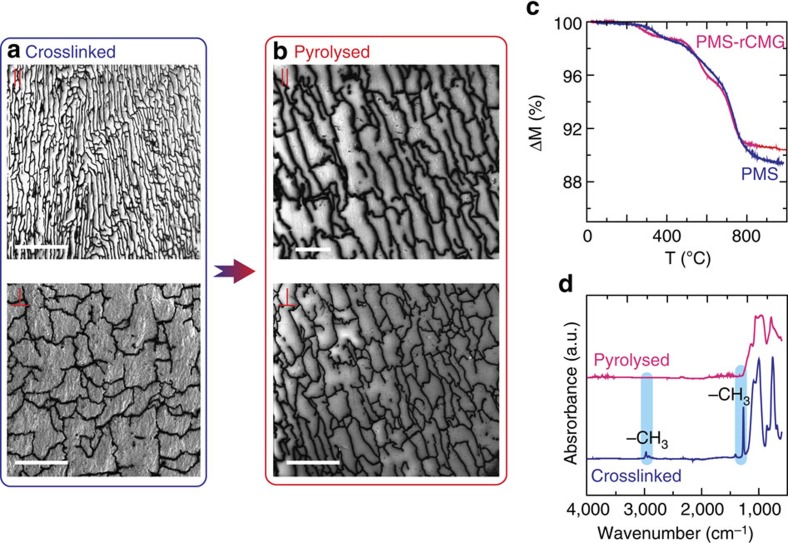Figure 3. Characterization of the composites after infiltration and pyrolysis.
(a) SEM micrographs (taken using secondary electrons) showing that the graphene network has been fully infiltrated and maintains its interconnected structure after crosslinking (parallel to the ice growth direction, ‖, and perpendicular, ⊥). (b) A dense composite is obtained after pyrolysis. (c) The thermogravimetric analysis indicates that the polymer pyrolysis is not affected by its confinement in the graphene network. Weight losses occur at the same temperature in the pure polymer and in the composite and cease around 800 °C. (d) FTIR analyses before (crosslinked) and after pyrolysis shows that the thermal treatment has been effective in the conversion to an inorganic material. The peaks corresponding to the asymmetric stretching (∼2,900 cm−1) and deformation (∼1,250 cm−1) of the -CH3 groups have disappeared. Scale bar, 200 μm (a) top; 50 μm (a) bottom; 25 μm (b) top; 50 μm (b) bottom.

